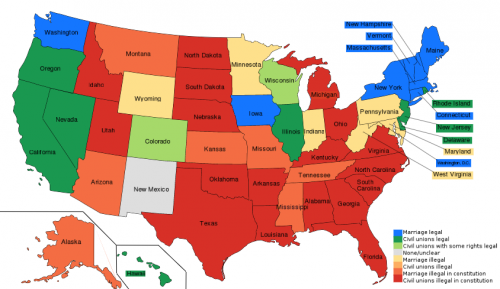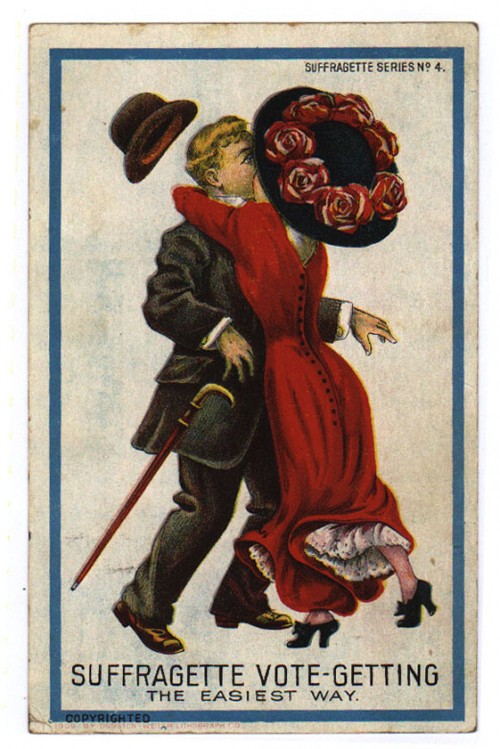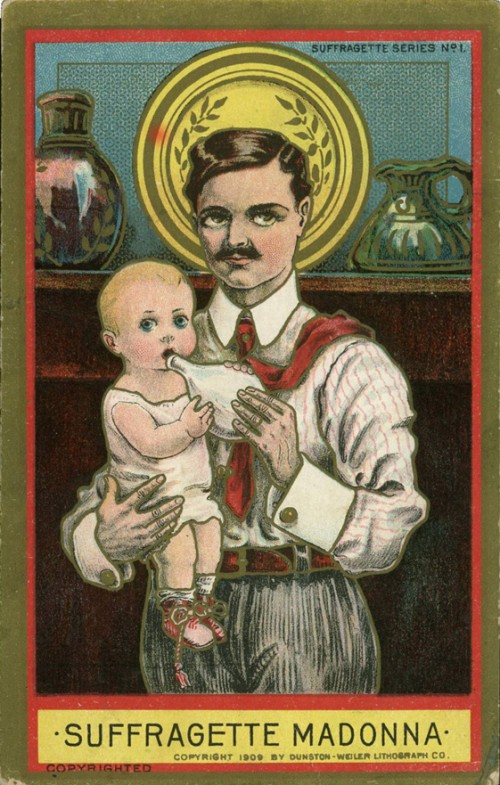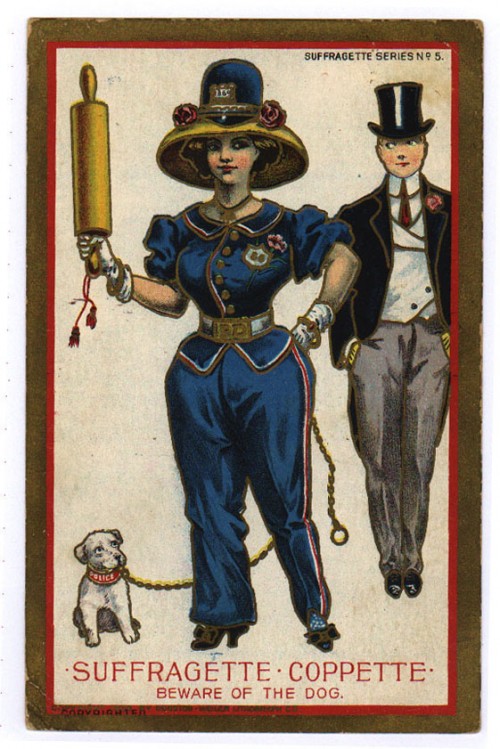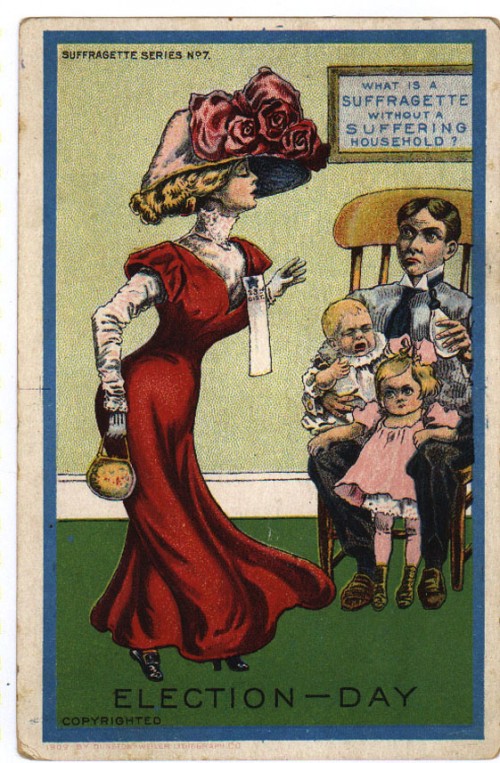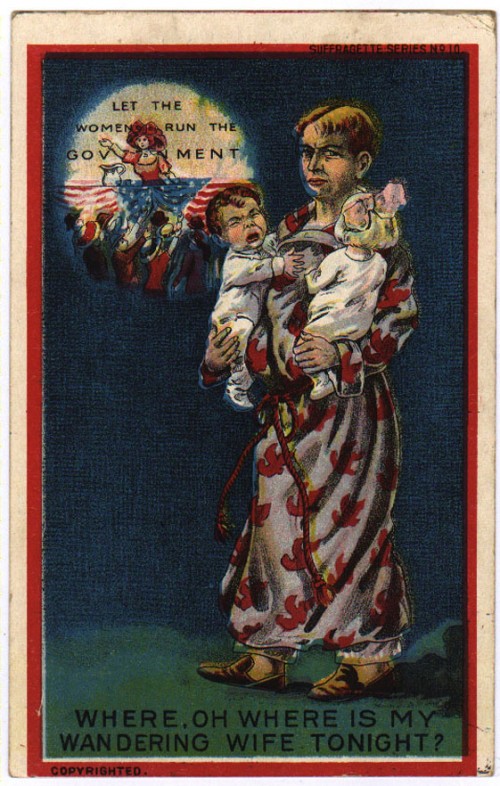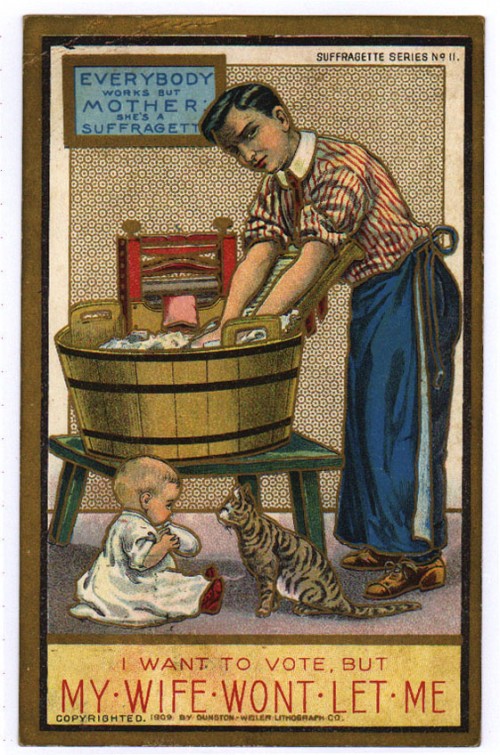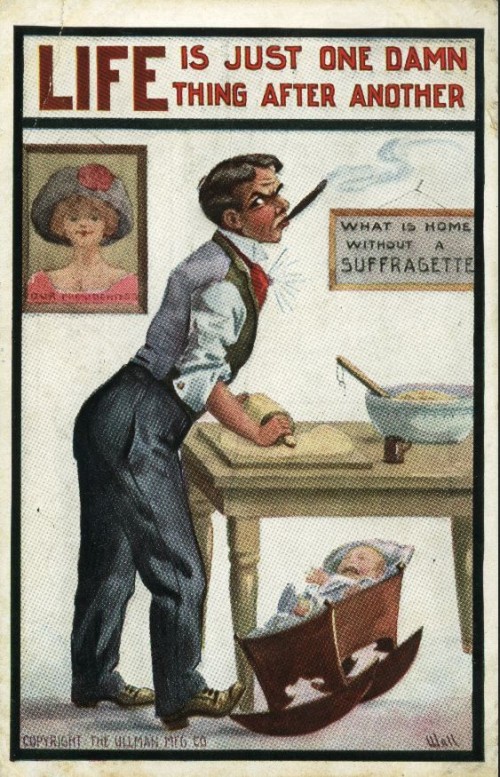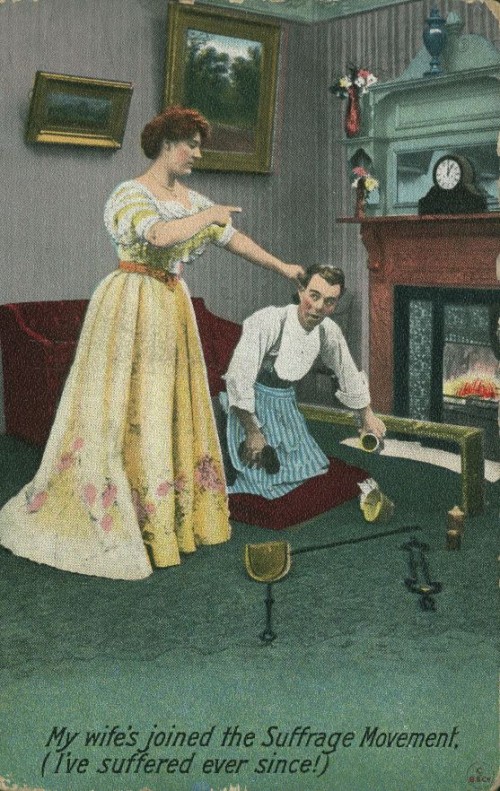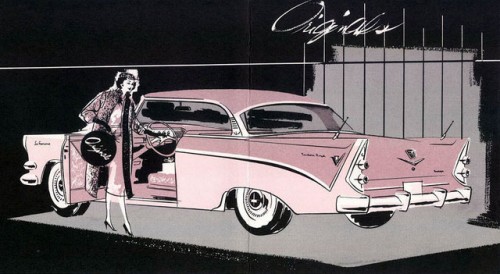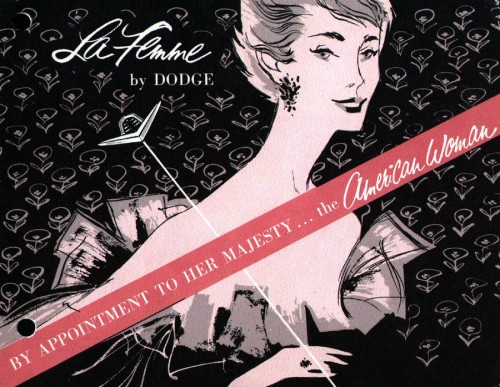 Wanna get clear on the relationship between sex, gender identity, sexual and romantic orientation, sexual behavior, and gender role? Watch this video by the Vlog Brothers, sent in by Jeffrey B.:
Wanna get clear on the relationship between sex, gender identity, sexual and romantic orientation, sexual behavior, and gender role? Watch this video by the Vlog Brothers, sent in by Jeffrey B.:
UPDATE: Comments closed.
Lisa Wade, PhD is an Associate Professor at Tulane University. She is the author of American Hookup, a book about college sexual culture; a textbook about gender; and a forthcoming introductory text: Terrible Magnificent Sociology. You can follow her on Twitter and Instagram.


